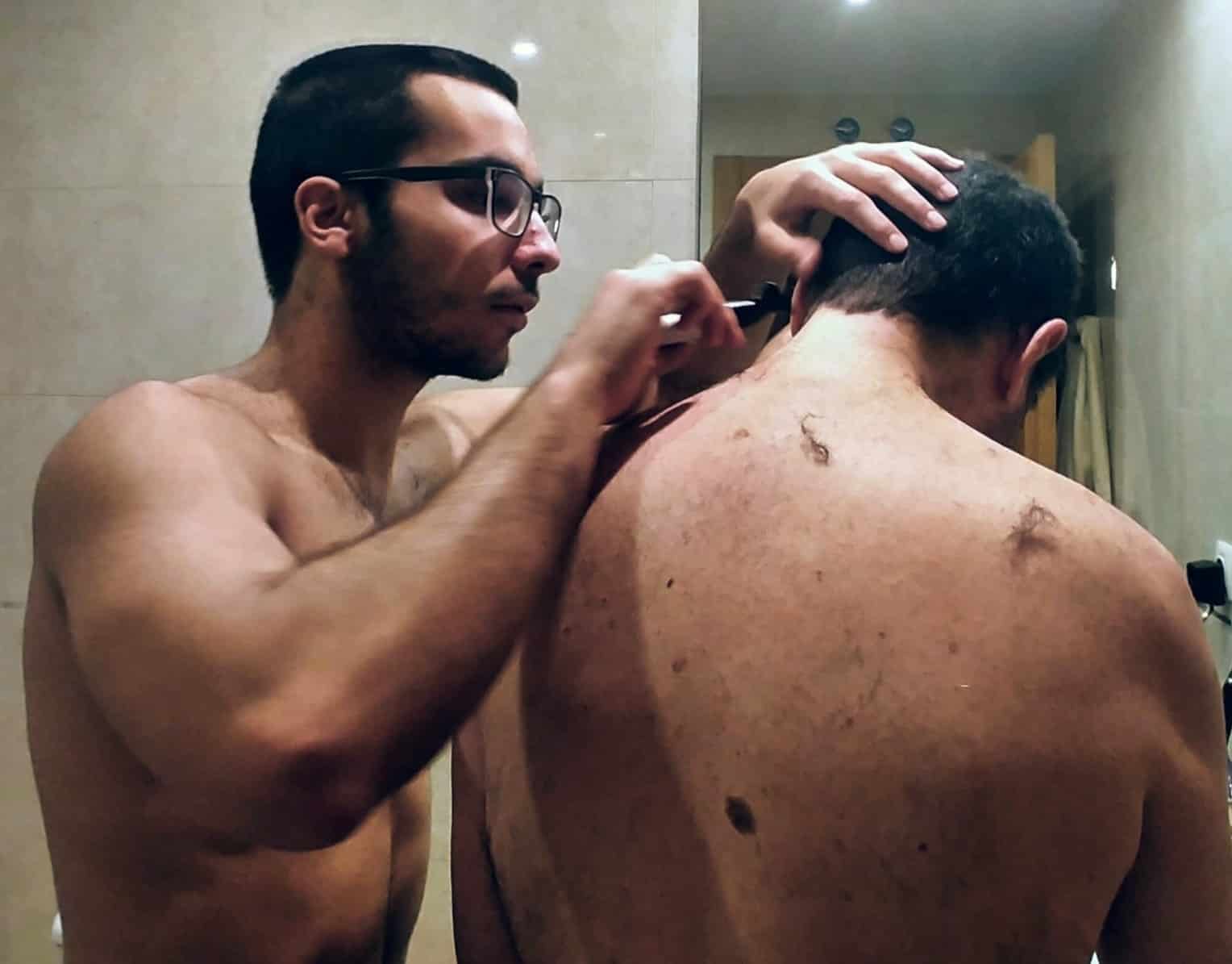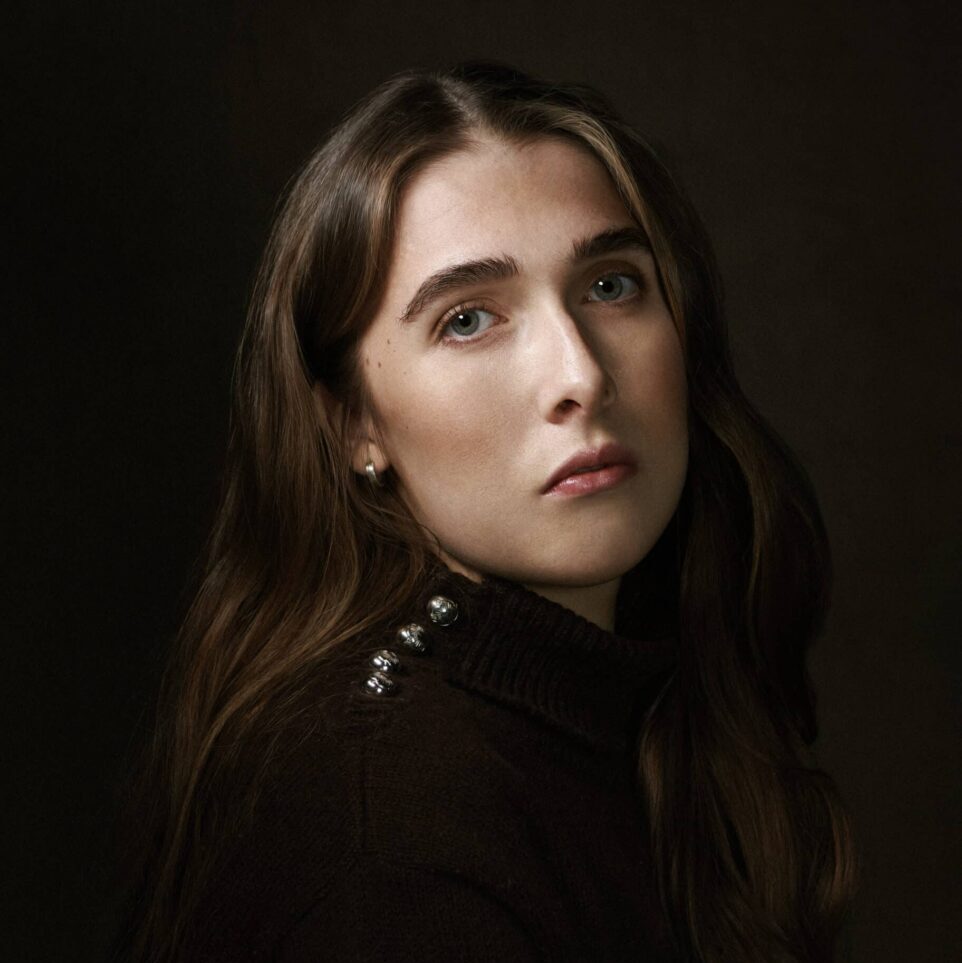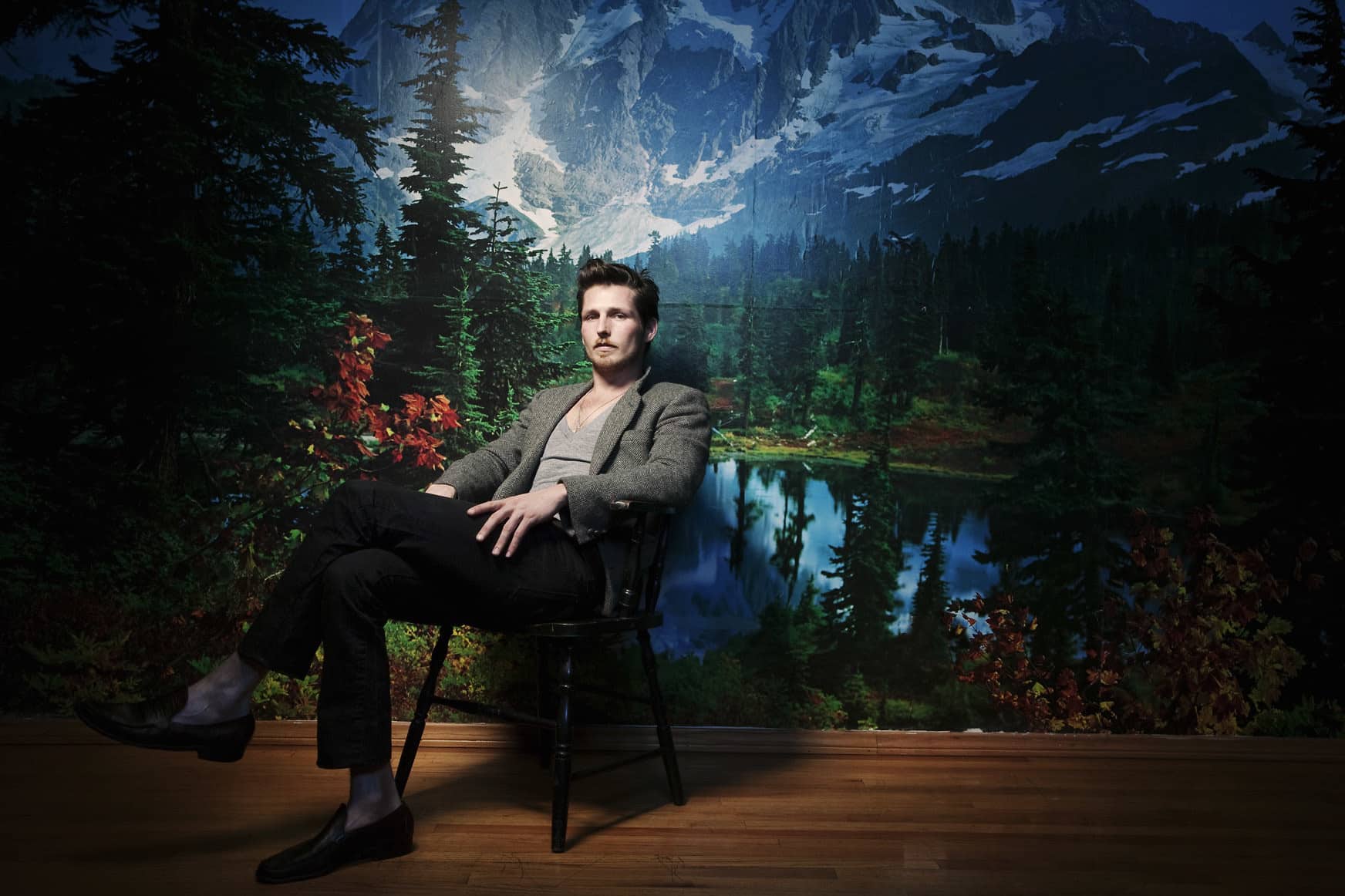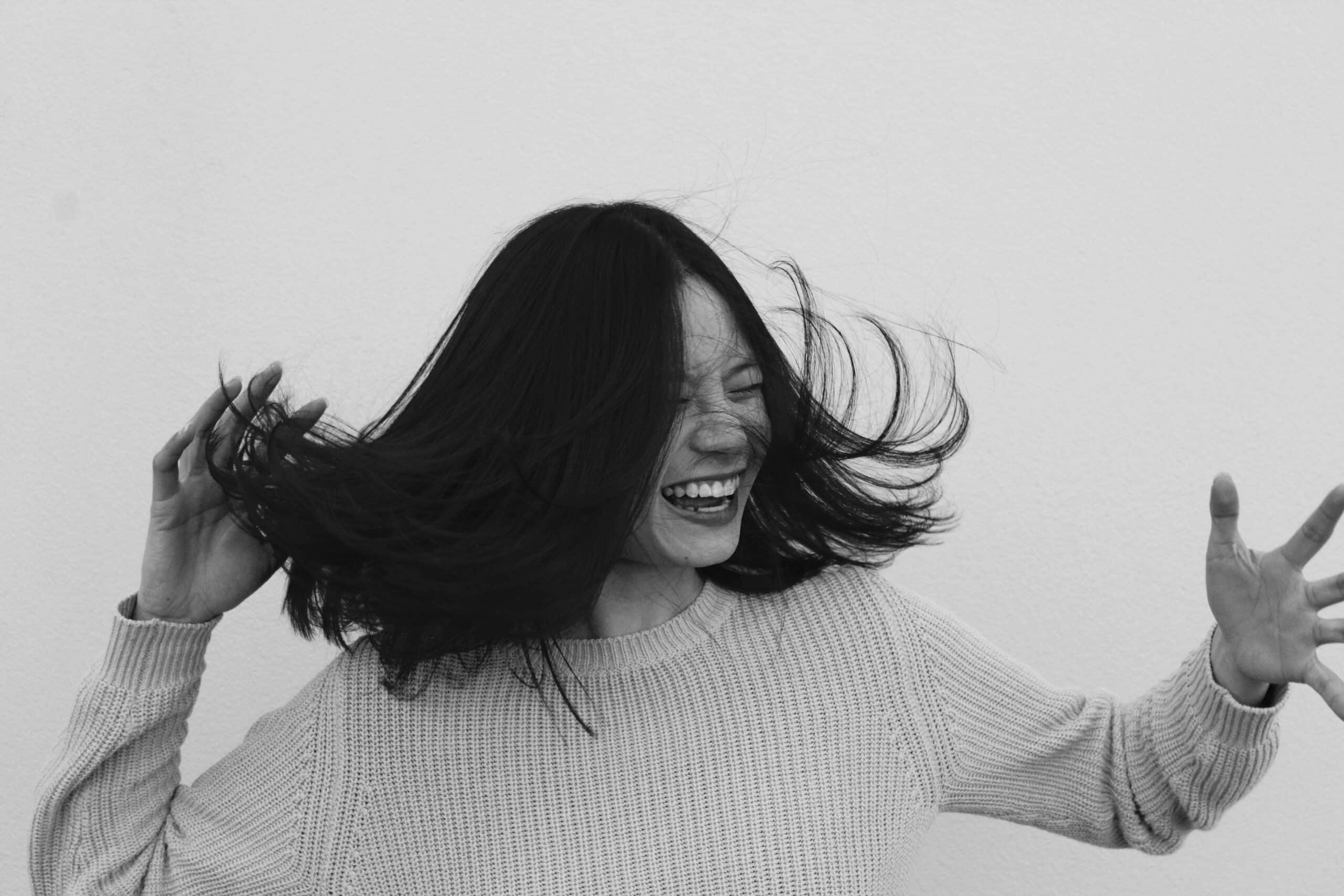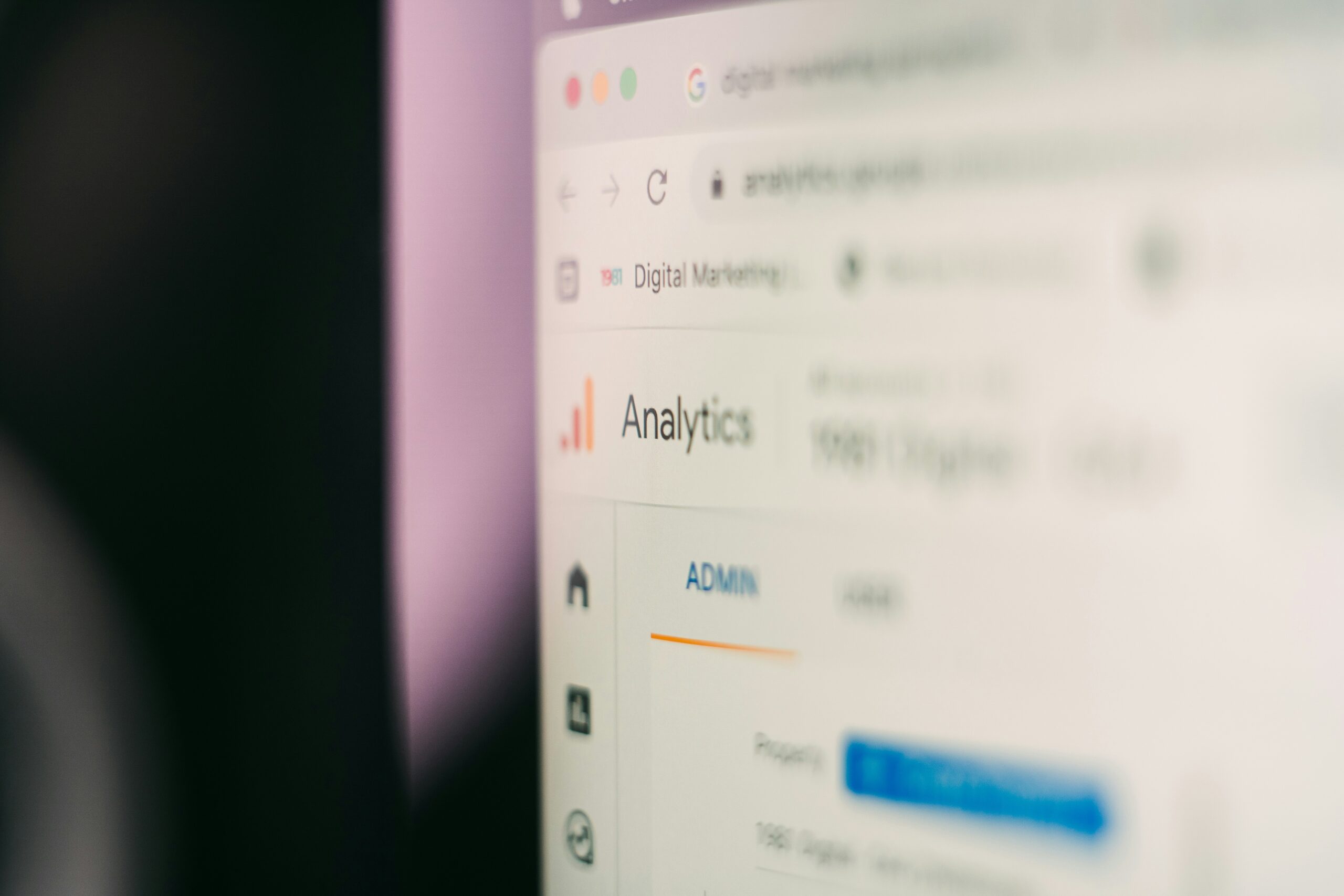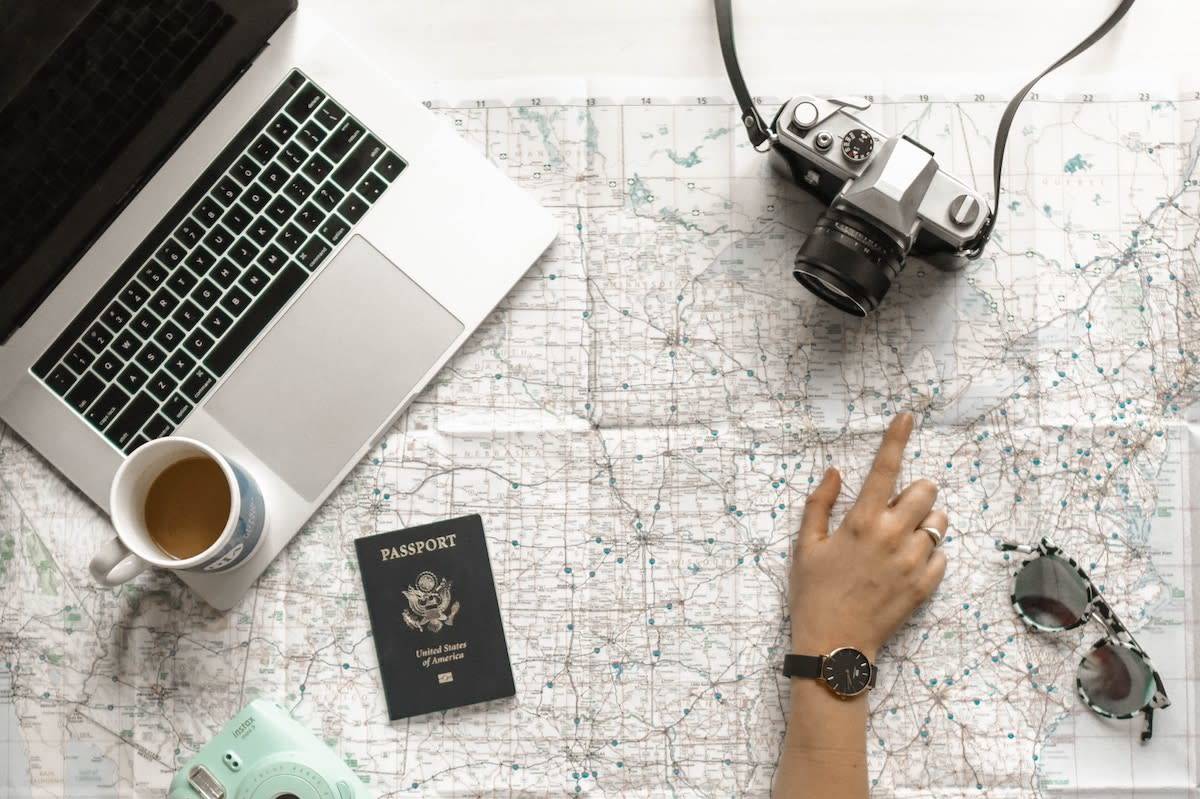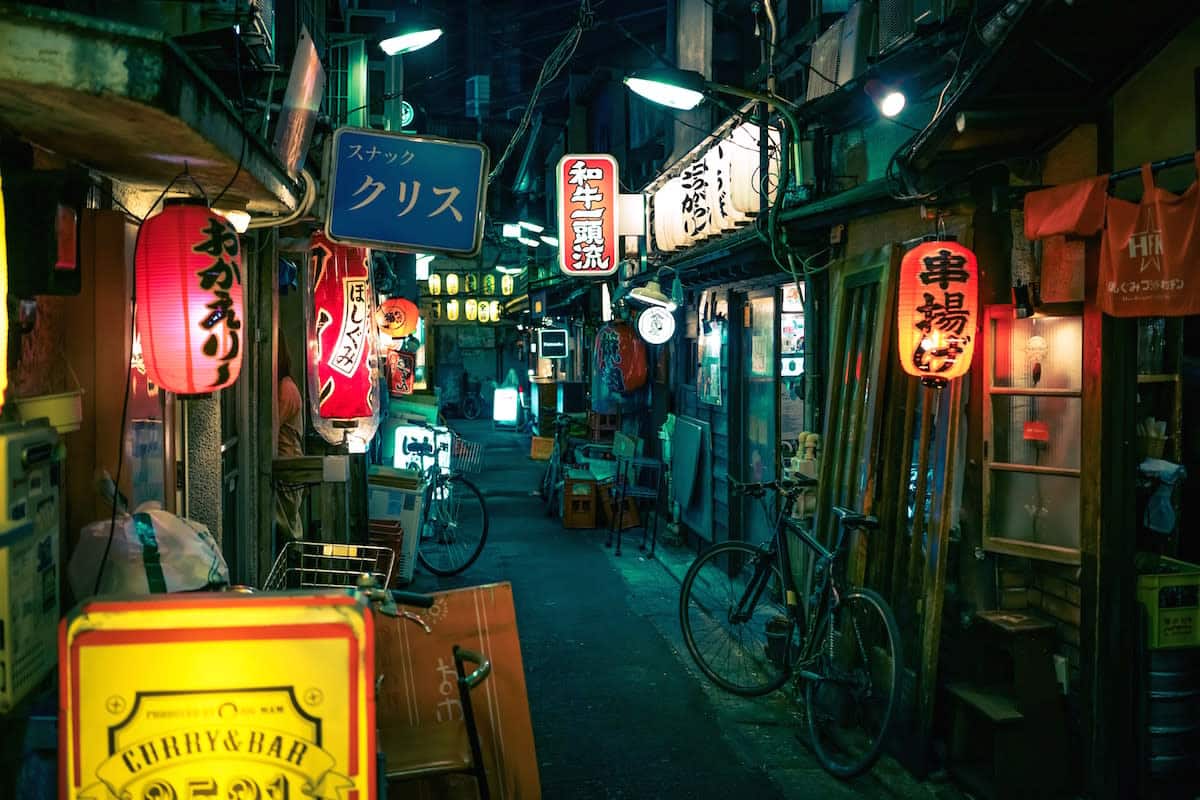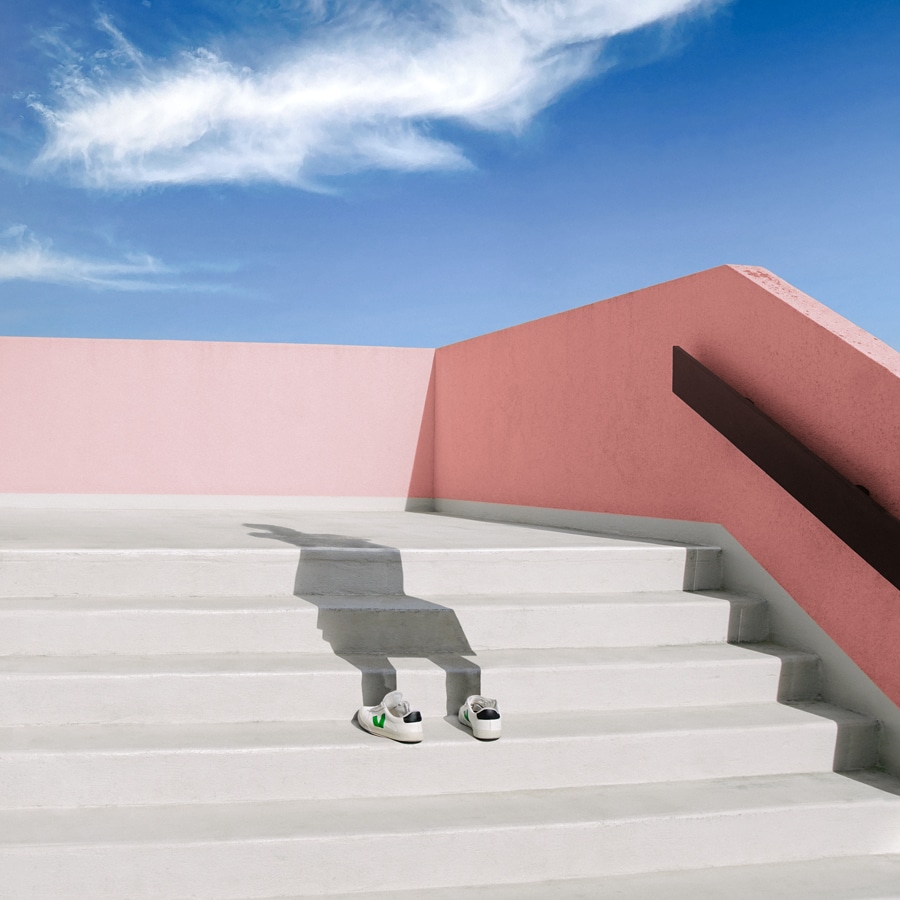Photographer Anya Broido is on a mission. Her photography initiative called Portraits of Isolation is seeking submissions that document the experience of photographers of all levels as they try to navigate their new realities under the constraints of COVID-19.
Broido says the project aims to create a platform for people to use the power of photography to capture their experiences of isolation. She hopes the initiative will encourage people to express themselves through photography, and to create something meaningful, uniting us all together in this time spent alone.
Format Magazine: Please talk a little bit about yourself and what got you interested/started in photography.
Broido: I am a documentary and portrait photographer. I was always passionate about art from a very young age and when studying sculpture at Central Saint Martins University of the Arts in London, I began experimenting with installation work and incorporating photography into my practice. The location of the college in London’s Soho neighborhood grabbed my attention: it was a vibrant place to wander and explore, populated with so many interesting characters and hidden places. Soon it became my regular stomping ground where I would go out and document the city’s subcultures at night, a theme that has dominated my work ever since, cementing my love and future in photography.
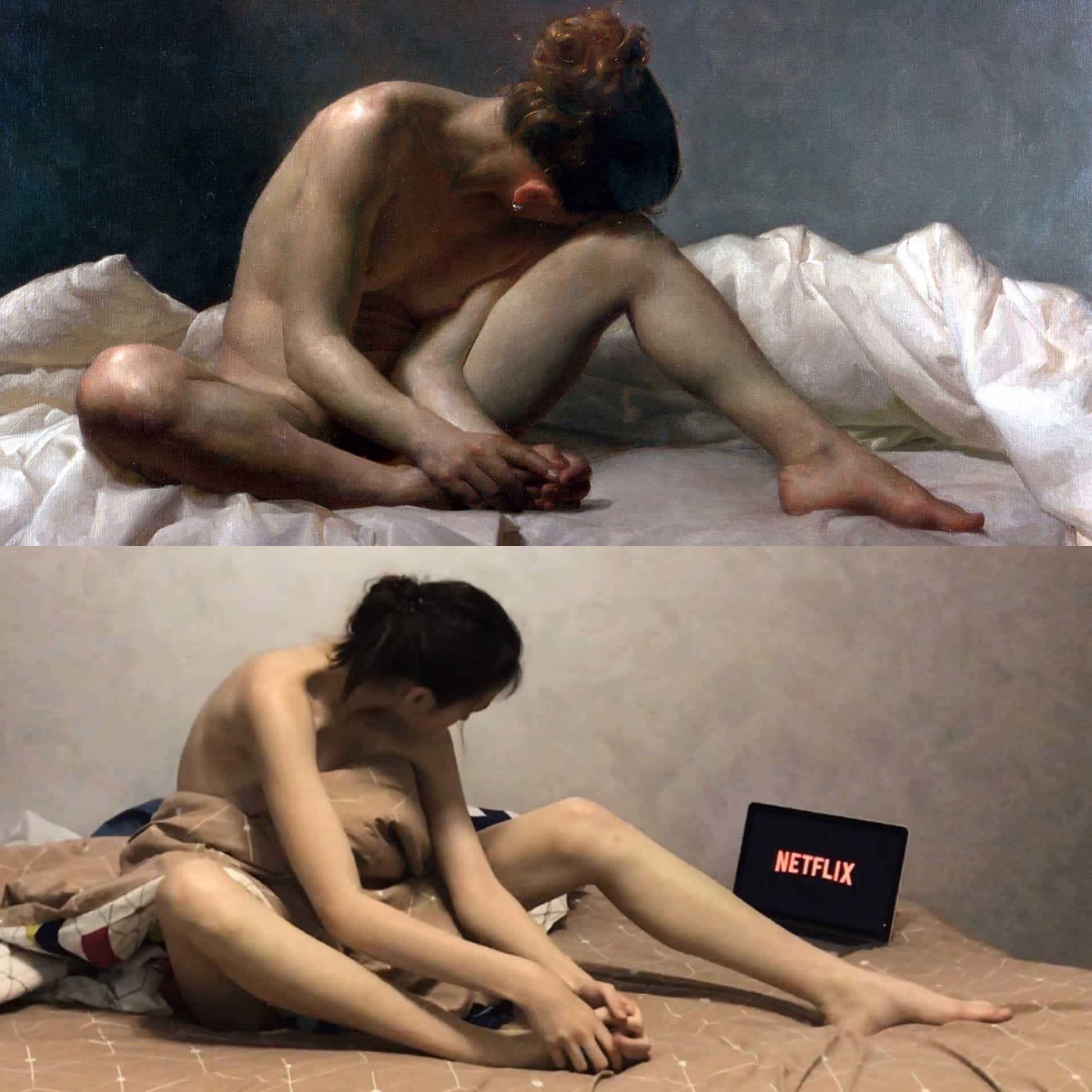
How did you get the idea for your project, Portraits of Isolation?
Portraits of Isolation came about through witnessing how many photographers were turning the lens on their interior lives, their limitations turned to inspiration. I was very interested to see what the different experiences were like, how both unique and alike they could be. That is where the idea of ‘Portraits of Isolation’ came from, inviting photographers to submit the portraits of themselves they had taken in their own homes and encouraging self-portraiture to be used as a vessel to showcase everyone’s shared experiences of COVID 19.
Art has so often been used as a means of catharsis, and during this challenging time, it felt very important to use photography as a way to release the new, often difficult feelings during the pandemic. The results were so surprising, varied, innovative, and often very moving.
Why is this project important to you? Why Now?
Everyone can feel isolated, especially now. This project is a platform to channel those feelings and connect. There is no discrimination, no high fees to enter. It is an open space for anyone of any ability. I think open platforms are very important in a time of greater artistic restriction and challenging life circumstances.
The project also raises money for The Global Foodbanking Network. With business closing, schools shutting and jobs lost, the coronavirus has put an unprecedented strain on food banks. The Global FoodBanking Network (GFN) helps frontline food banks tackle this immediate need.
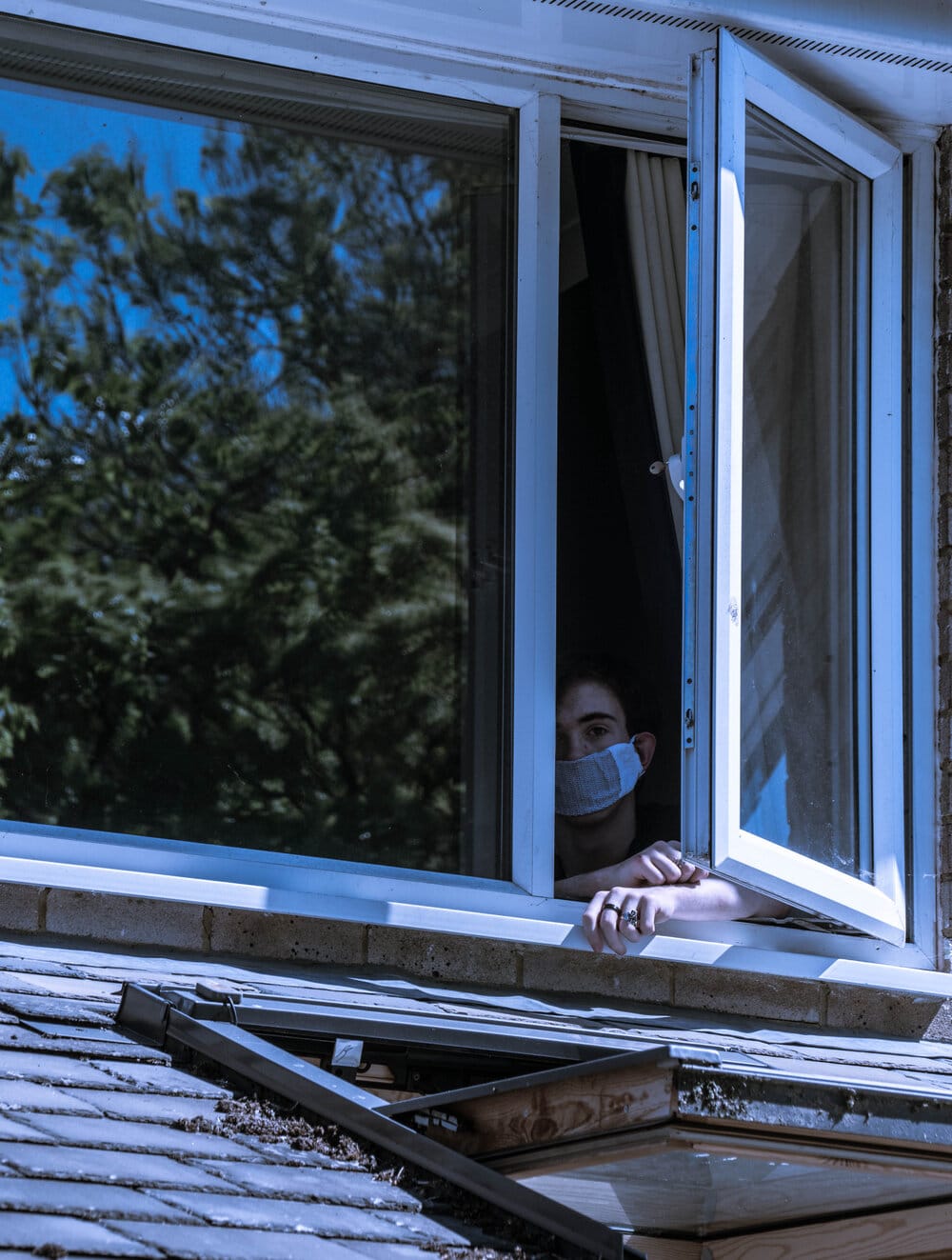
What role would you say photography has to play in our cultural and personal experiences of COVID-19?
Photography takes an instant out of time, holding it still. A strong motivation for me starting this project was to create an archive that would serve as an important testament to this unparalleled moment in history. Photography allows us that privilege. We have used it throughout the pandemic to learn immediately of events occurring and we will use it in the future to remember what happened and what it felt like to be at this moment. Photography today has become a vital component of how we experience and unpack cultural and personal events.
How has the pandemic affected you as a photographer? Has it provided any new perspectives or avenues?
Like many, the inability to travel or meet people led me to seek great solace, connections, understanding, and inspiration through multiple online platforms. In doing so, I discovered a wealth of talent and creativity happening during COVID and gained a much greater appreciation of the multi-faceted ways we receive information today across multimedia methods of storytelling. I would want to hold on to this multi-dimensional level of communication and draw it into my own practice.
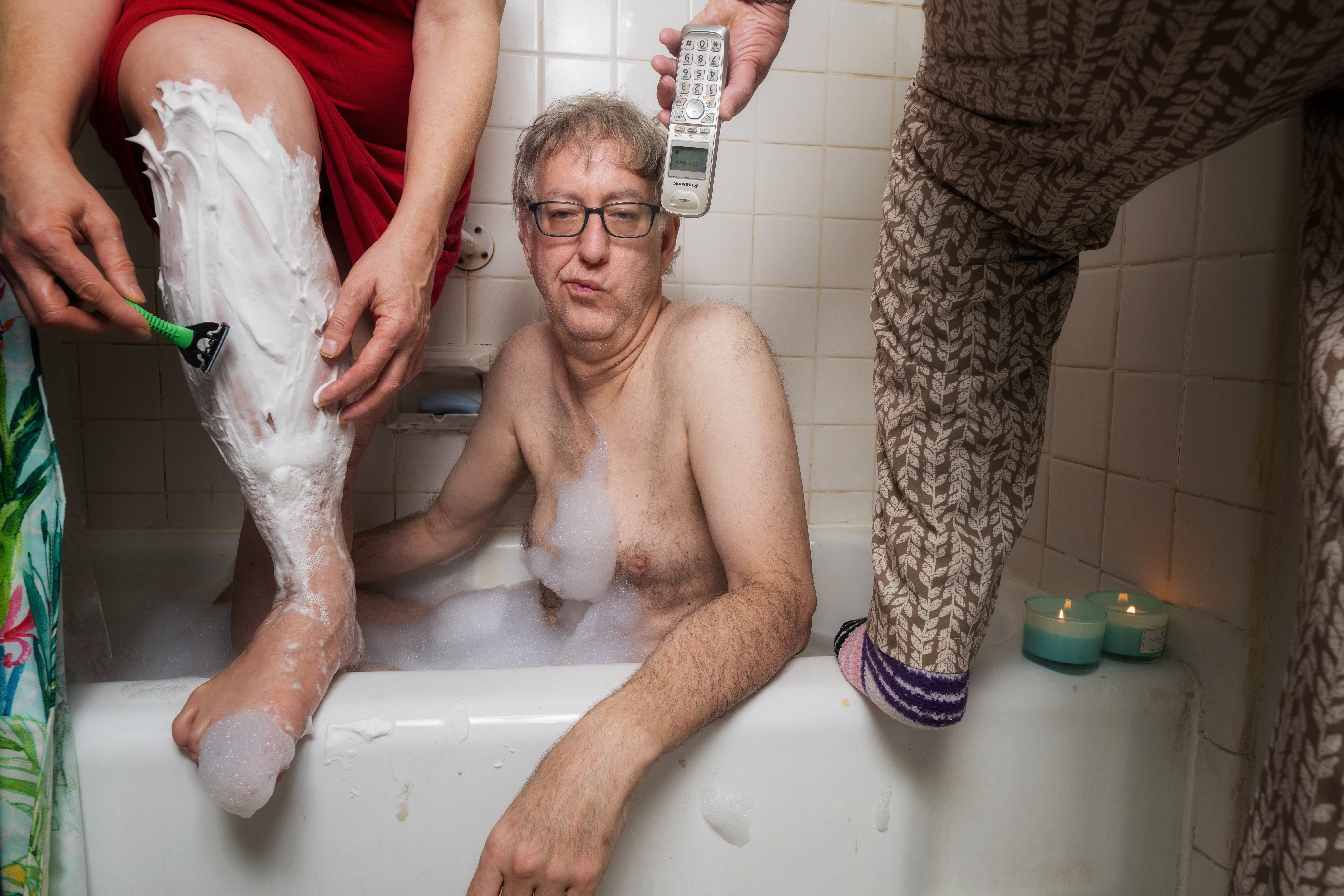
One of the most surprising aspects of Portraits of Isolation for Broido has been the diversity of creative mediums that photographers have used to represent their experience in 2020. She says that Instagram posts, gifs, TikToks, podcasts, interviews and interactive articles have all made an appearance in the list of submissions that have come through.
To submit their own pieces to Portraits of Isolation, Broido encourages photographers to visit the submission page to enter up to three images shot using any camera model or electronic device. Photographers can submit single shots, or a series of photos to be featured in the Spotlight section of the Portraits of Isolation website.
